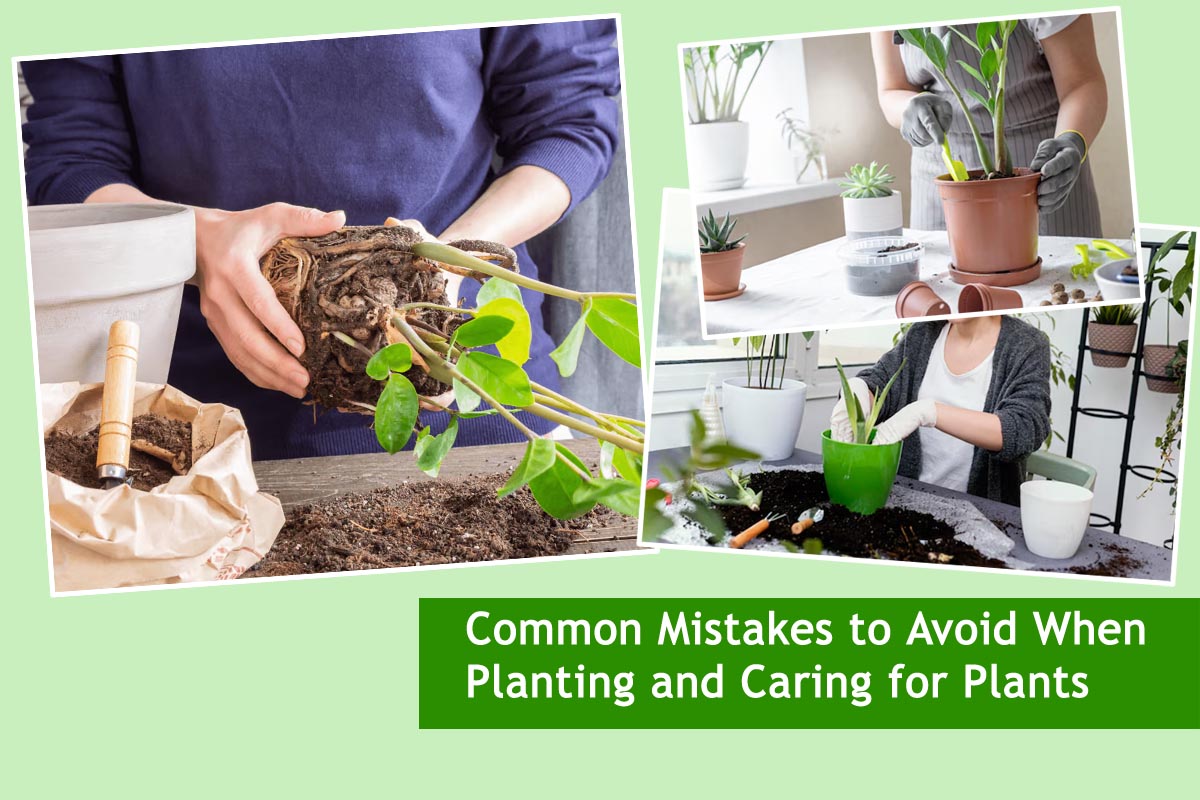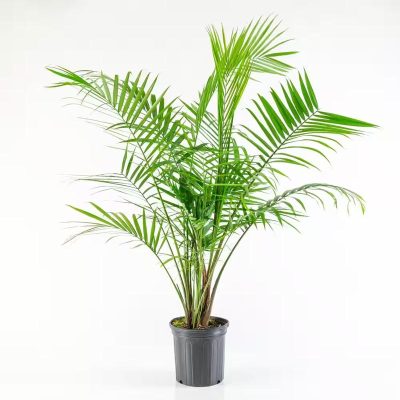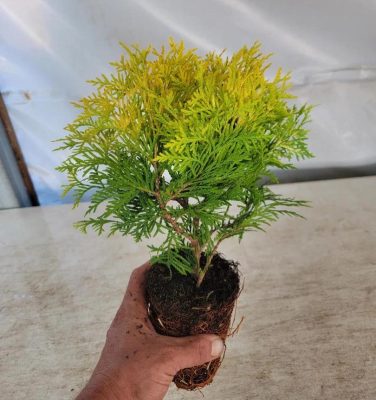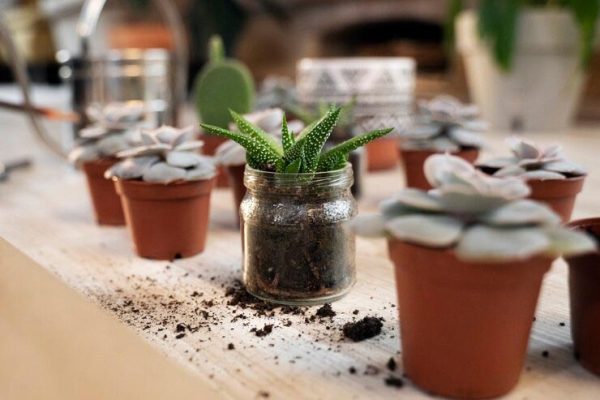Blogs
Also Read This : Transform Your Home into a Fragrant Oasis: Must-Plant Summer Flowers for April
Embarking on a gardening journey can be rewarding, but it’s essential to avoid common pitfalls that can hinder your plants’ growth and health. By allowing your plants time to acclimate, handling them gently during transplanting, and adhering to proper watering practices, you can set them up for success.
Gardening is a learning process, and it’s okay to make mistakes along the way. However, by educating yourself and being mindful of best practices, you can cultivate a thriving garden that brings joy and beauty to your surroundings.
Remember, a little care and attention go a long way in nurturing healthy, vibrant plants that will flourish for years to come.








